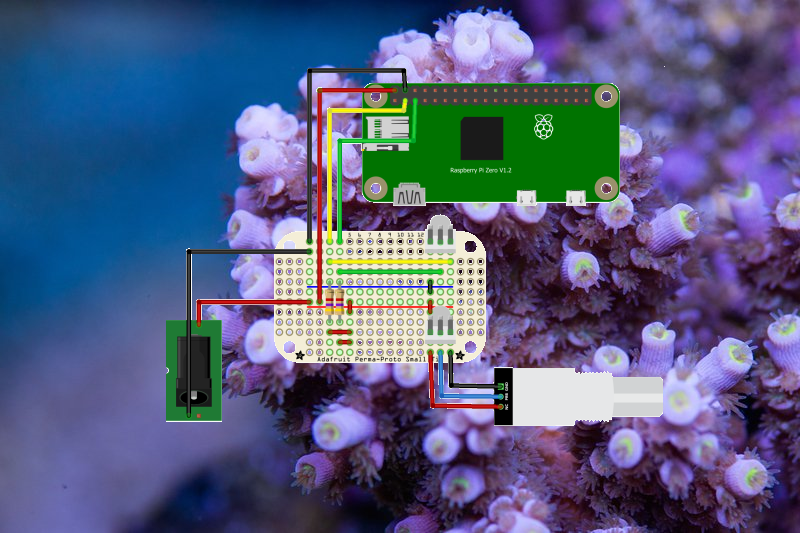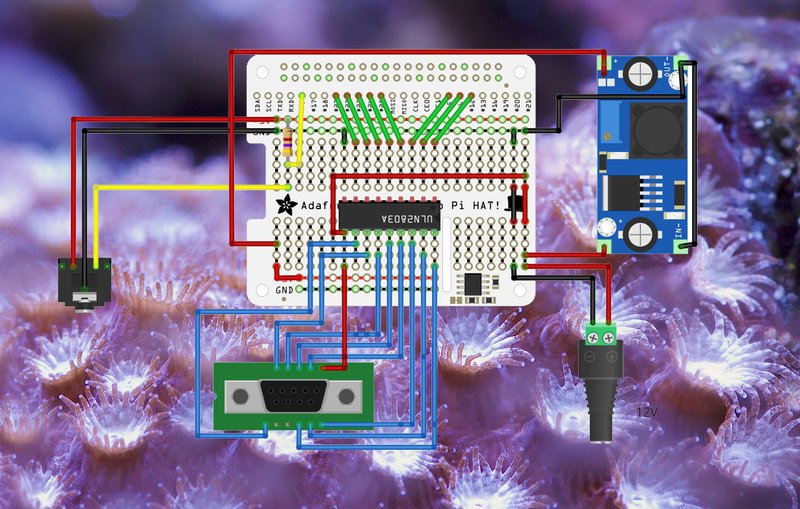Hi all-
i am working on a capstone project for a software engineering course I’m taking and I am using a reef pi to monitor parameters from my new tank. The idea is to set up the device to monitor PH ands temperature( and hopefully figure out how to add salinity and other functions down the road). My question is what exact hardware do I need for this build? I know I need the pi, but do I just need the two additional sensors or is there additional hardware needed? Also any recs on where to find this stuff in stock is appreciated . I built a custom tank into my kitchen island and this is my first time during a full front end /back end coding project and also using a raspberry pi. Thanks for any input!!
i am working on a capstone project for a software engineering course I’m taking and I am using a reef pi to monitor parameters from my new tank. The idea is to set up the device to monitor PH ands temperature( and hopefully figure out how to add salinity and other functions down the road). My question is what exact hardware do I need for this build? I know I need the pi, but do I just need the two additional sensors or is there additional hardware needed? Also any recs on where to find this stuff in stock is appreciated . I built a custom tank into my kitchen island and this is my first time during a full front end /back end coding project and also using a raspberry pi. Thanks for any input!!
















